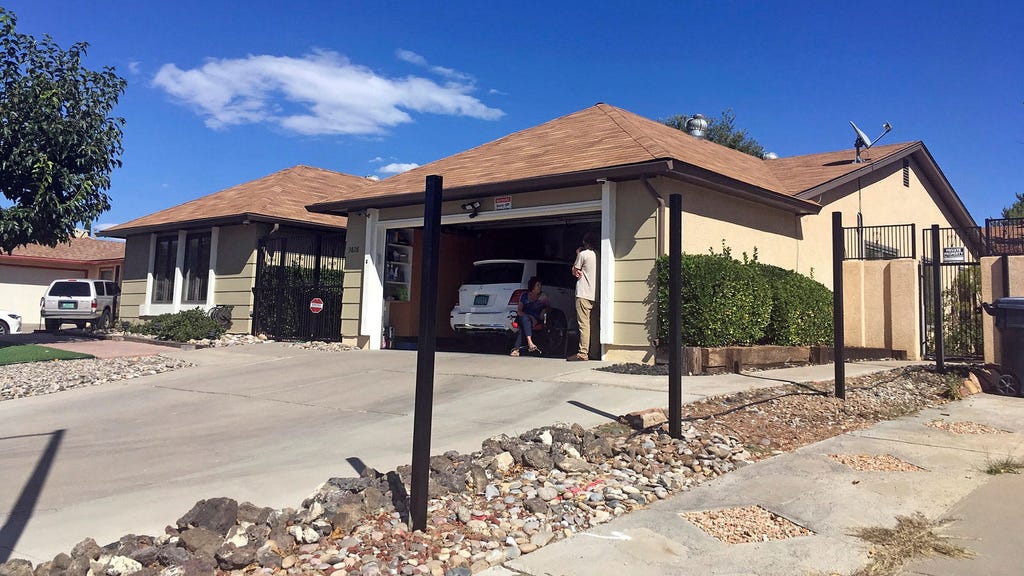The unassuming residence in Albuquerque, New Mexico, catapulted to unexpected fame as the backdrop for the critically acclaimed television series ”Breaking Bad,” airing from 2008 to 2013. This otherwise ordinary suburban house became synonymous with the transformation of Walter White, a high school chemistry teacher, into a notorious methamphetamine manufacturer. The show’s gripping narrative and complex characters resonated deeply with audiences, cementing its place in television history and transforming the Albuquerque property into a pilgrimage site for devoted fans. This surge in popularity has brought with it a steady stream of onlookers, estimated at an average of 300 cars passing by daily, much to the chagrin of the current homeowners.
The enduring fascination with ”Breaking Bad” stems from its exploration of morally ambiguous themes, compelling character development, and the stark contrast between Walter White’s mundane existence and his descent into the criminal underworld. The series follows Walter’s diagnosis of terminal lung cancer, which serves as the catalyst for his drastic life change. Driven by the desire to secure his family’s financial future, he leverages his chemistry expertise to produce and distribute high-quality methamphetamine, partnering with former student Jesse Pinkman. This unlikely duo navigates the treacherous drug trade, facing escalating dangers and moral dilemmas that test their limits and ultimately reshape their identities.
The real-world impact of ”Breaking Bad” is evident in the constant flow of fans visiting the Albuquerque house, eager to capture a piece of the show’s legacy. This unprecedented attention has presented challenges for the homeowners, Joanne Quintana, who face a daily barrage of tourists. The property’s value has also skyrocketed, currently listed at a staggering $4 million, a stark contrast to the estimated $350,000 value of comparable homes in the neighborhood. This inflated price tag reflects the cultural significance of the house, now inextricably linked to the iconic series.
Despite the show’s conclusion in 2013, the ”Breaking Bad” universe has continued to expand. Bryan Cranston, who portrayed Walter White, has reprised his role in several projects, including a cameo appearance in the final season of the spin-off prequel series ”Better Call Saul,” the 2019 film ”El Camino,” which focuses on Jesse Pinkman’s fate after the events of ”Breaking Bad,” and a Super Bowl commercial in 2023. These reappearances demonstrate the enduring appeal of the character and the continued demand for more stories within the ”Breaking Bad” world.
However, Cranston himself has expressed a desire for fans to move on from the show, acknowledging the need for closure despite his pride in the series’ accomplishments. This sentiment underscores the delicate balance between celebrating a beloved piece of media and respecting the real-life implications for those associated with it. The constant influx of fans at the Albuquerque house highlights the potential for fiction to bleed into reality, blurring the lines between the narrative and the physical location where it was brought to life.
The enduring legacy of ”Breaking Bad” is a testament to its exceptional storytelling, complex characters, and exploration of universal themes. The series’ impact extends beyond the screen, transforming an ordinary house into a significant cultural landmark. While the show itself has concluded, its influence continues to resonate, prompting reflection on the power of media to capture the human experience and to shape the way we perceive the world around us. The Albuquerque house stands as a tangible reminder of this influence, a physical embodiment of the show’s enduring presence in popular culture. The continued fan interest, despite Cranston’s pleas, speaks volumes about the show’s impact and its lasting place in the television landscape.














